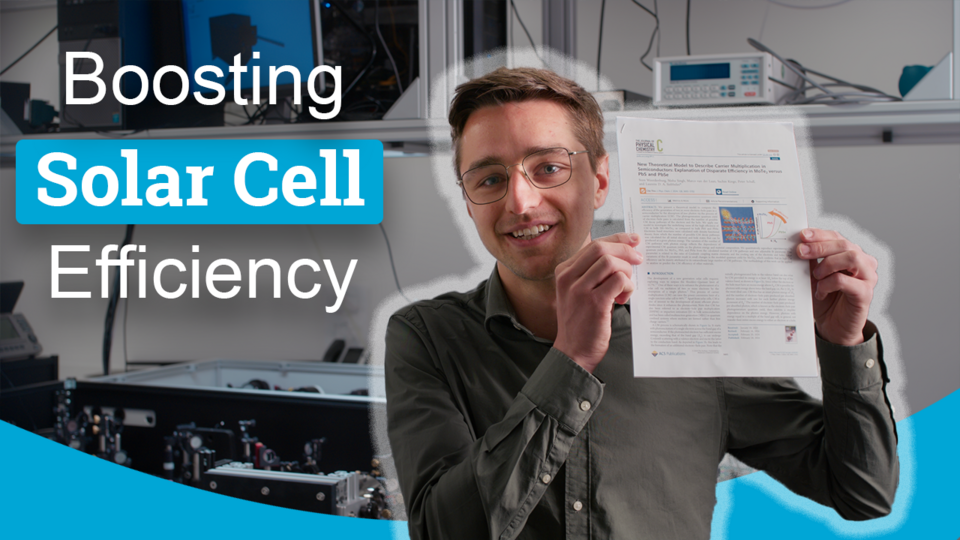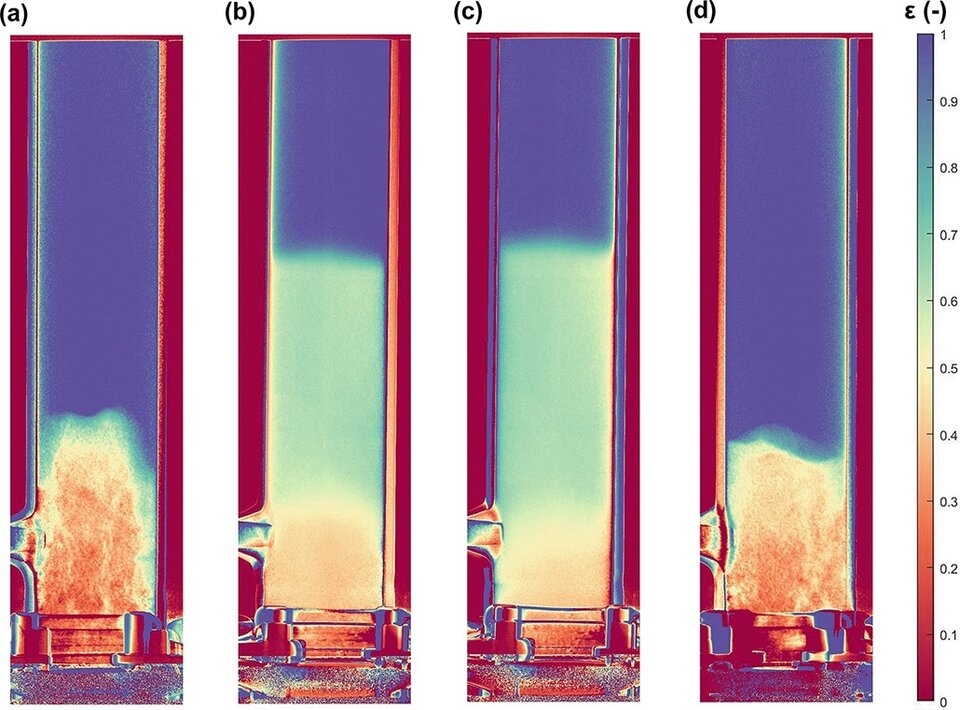News and Events
News
Stay connected
Dit onderdeel wordt voor u geblokkeerd omdat het cookies bevat. Wilt u deze content (en anderen) alsnog bekijken? Door hier op te klikken geeft u alsnog toestemming voor het plaatsen van cookies.






